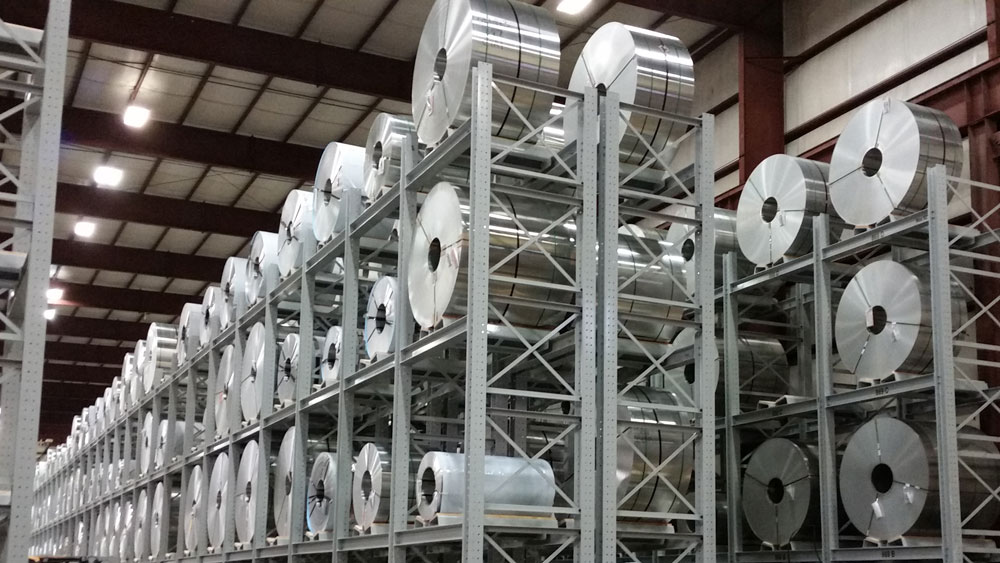Heavy-duty shelving, also known as heavy-duty metal shelving, is considered one of the most desired shelving available in the market nowadays. The reason is that almost in all the storage facilities and warehouses it is used.
Heavy-duty shelving is available there in the market in various styles and sizes. The popularity of heavy-duty shelving is durable, sturdy, affordable, and versatile. In short, this type of shelving goes beyond the benefits of warehouses or storage facilities.
This type of shelving is used in schools, colleges, garages, offices, etc. Heavy-duty shelving can store various goods and items of different weights, from lightweight to heavyweight goods.
To suffice such type of use, wood or plastic will not be appropriate for a more extended period, but metal, in comparison, is much more durable and has more longevity.
It ensures higher quantities of the goods storage facility and can store more significant weight. In heavy-duty shelving, one can stack several heavy unit items placed on top of each other and increase the total capacity by making better available space.
In maximum shelving, heavy-duty shelving uses clips to connect to the uprights securely. Thus while choosing heavy duty shelving is essential to check that it has matching clips.
When choosing heavy-duty shelving for business or other purposes, it is essential to consider several factors affecting inventory management and storage facilities.
What are the essential factors to be considered while choosing heavy-duty shelving?
The standard shelving used at schools, colleges, or homes is designed generically to hold lightweight items like books, files, etc. But for heavy-duty shelving, there is no genuine-size-fits-all solution. Several factors should be kept into account before choosing heavy-duty shelving.
The one thing that comes first and is essential as well is suitability. This means the business’s requirements and needs and the available storage space should be considered first.
What should be the Weight Capacity Per Shelf?
When choosing heavy-duty shelving, shelf weight capacity is one of the primary considerations that should be considered. It is essential to calculate weight capacity per shelf before goods or items are placed on them.
If the estimation is over, then the shelves can hold, and then the shelves might break off very soon and damage the items or goods placed on them. Even though shelving comes with an estimated weight capacity, most of the time, they are inaccurate.
This is because of the inconsistency of the hardware used. So it is advised to go with the estimations provided on the help packaging and then calculate the weight capacity.
Some factors should be considered; they are:
- The essential factor is to inspect the brackets that are holding the shelf. Also, note the model of the bracket and the manufacturer. If this information is not available, choosing matching brackets from the manufacturer’s website or a local hardware store is advised.
- Next, note the maximum weight capacity of the brackets provided by the manufacturer officially.
- The third important factor that is to keep in the account is to divide the load capacity by four to determine the bracket’s safe load capacity. However, the entire unit might take the weight of heavier loads. This simple calculation permits inconsistency with mounting materials and hardware used in the production of the shelves.
- Lastly, it is essential to count how many brackets are required to support the entire shelf. This number should be multiplied by the safe load calculation. This will keep the safe load capacity for the whole of the stand.
To Conclude
It is essential to know everything about the heavy-duty shelves before investing in them. Hope the above content will be helpful in providing the required information and insights for choosing the right thing.










